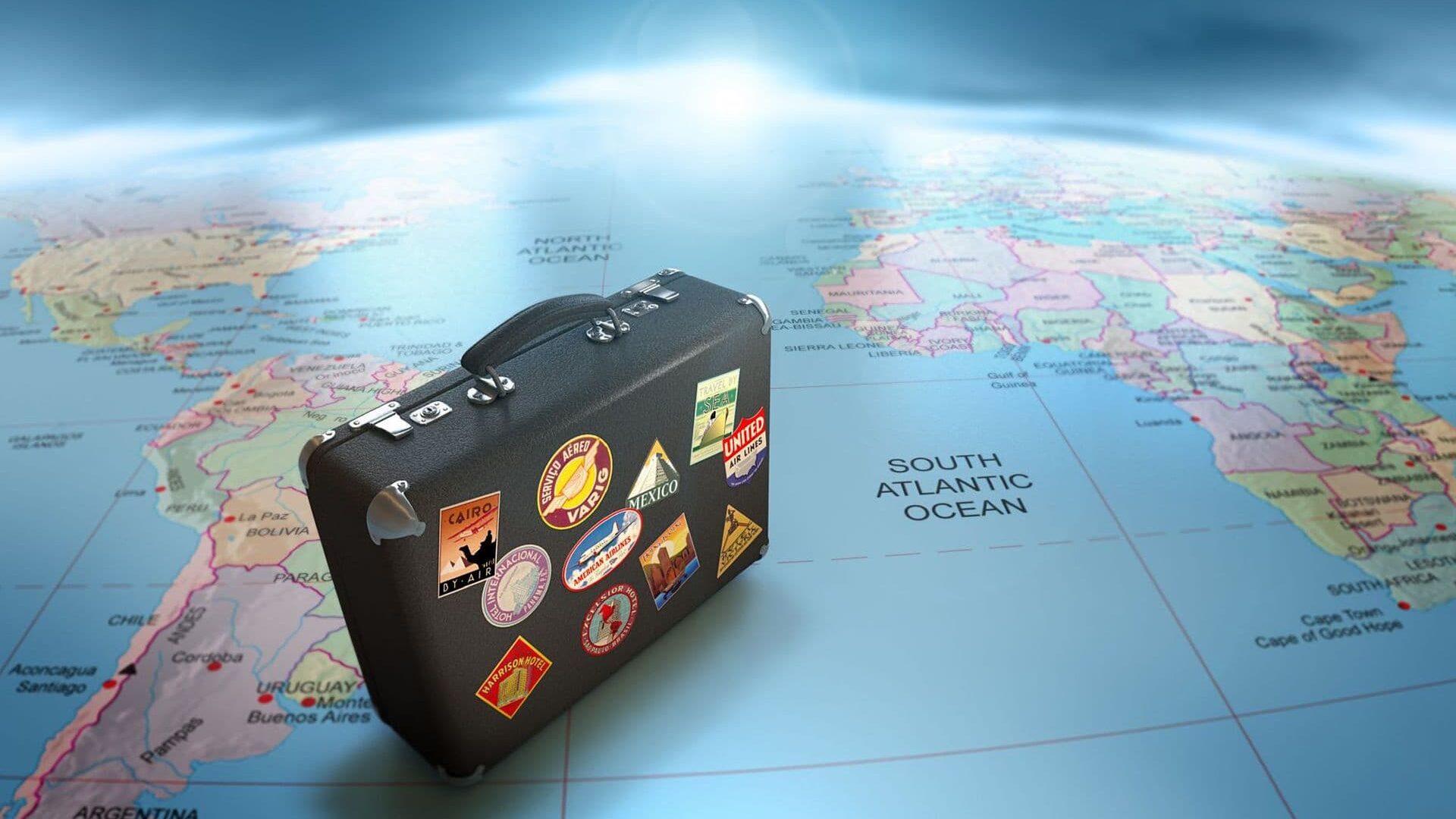The Balkans have always attracted travelers with their rich history, picturesque nature, and cultural diversity. The territory that once united into the single state of Yugoslavia is now divided into several independent countries, each with its own characteristics and unique attractions. However, traveling through this region requires careful planning and understanding of logistics, as the transport system here reflects both the historical heritage and modern challenges.
Tourists from Slovenia, due to proximity and shared history with Balkan countries, often choose this region for their holidays. Nevertheless, moving between the countries of the former Yugoslavia often becomes a kind of “maze” — due to differences in infrastructure, political nuances, and bureaucratic features. This article will help to understand how to organize a comfortable and efficient journey through the Balkan region.
Features of the Transport Infrastructure
Today, seven countries occupy the territory of the former Yugoslavia: Slovenia, Croatia, Serbia, Bosnia and Herzegovina, Montenegro, North Macedonia, and Kosovo. Each of them is developing its own transport network, but the level of infrastructure development varies significantly.
Slovenia, as a member of the European Union, has the most modern and developed road and railway network. It has well-developed highways connecting the country with neighbors. Traveling from Slovenia to Croatia is the most popular route, as these countries share borders and have good transport connections, along with strong tourist appeal.
Croatia also invests significant funds into road development, especially in tourist regions along the Adriatic Sea. However, railway connections between Croatia and other Balkan countries are less developed and can sometimes be inconvenient for tourists.
Serbia is a key transport hub on the way to southern Balkan countries such as North Macedonia and Montenegro. Railways exist here, but their condition leaves much to be desired. Bus routes are more common and frequently used for international trips.
In Bosnia and Herzegovina, Montenegro, and Kosovo, the infrastructure is often complex and requires special attention when planning routes. Mountains and winding roads can increase travel time, and border crossings require awareness of visa and customs regulations.
Intercity and International Transport: What to Choose?
Various modes of transport are popular in the region, including planes, trains, buses, and cars. For long-distance travel, reliability and convenience are especially important.
Air travel is the fastest way to get from one Balkan country to another, especially for more remote destinations such as flights from Slovenia to North Macedonia or Montenegro. Major airports in regional capitals provide regular flights, though often with layovers. Ticket prices tend to be higher than for ground transport.
Rail connections in the region are generally underdeveloped, especially internationally. Domestic trains, for example in Serbia and Slovenia, operate fairly well, but international routes are often inconvenient, with long travel times and frequent transfers. Nevertheless, train journeys offer an opportunity to enjoy the landscapes and atmosphere of the region.
Buses are the most common and affordable way to travel across the Balkans. International bus routes connect major cities and tourist centers. Travelers from Slovenia can access direct routes to Croatia, Serbia, Montenegro, and Bosnia. Buses are usually comfortable and inexpensive, making them a popular choice.
Car rental is a popular solution for those wishing to explore the region independently without being tied to transport schedules. Balkan countries offer a wide range of rental companies, including international brands. However, it is important to consider local driving conditions and road quality, especially in mountainous areas. Also, it is advisable to learn the border crossing rules for cars in advance.
Borders and Visa Nuances
Traveling through the former Yugoslavia involves passing border controls, as the region’s countries are independent states with their own visa regimes. For EU citizens, including Slovenians, crossing most borders is simplified and visa-free, but it is important to stay updated on current rules, especially concerning Kosovo and some other territories.
Some borders can be busy during tourist seasons, affecting overall travel time. When planning a trip, it is best to take this into account and try to choose less popular routes or border crossing times outside peak hours.
Additionally, travelers should remember customs rules regarding the import and export of currency and goods. For example, some countries may limit the import of alcohol or tobacco, which is relevant for tourists wanting to bring souvenirs.
Useful Tips for Travelers from Slovenia
Travelers from Slovenia planning a trip around the Balkans should pay attention to several key points. First, it is recommended to carefully plan the route considering available transport modes and border crossing times. Using mobile apps and online services helps to get up-to-date information about schedules and changes.
Second, if choosing to travel by car, it is important to check insurance terms and the possibility of free movement between countries in the region. Booking accommodation in advance is also advised, especially in popular tourist spots with high demand during peak seasons.
Third, consider local mentalities and traditions that may influence communication and service. The Balkans is a region rich in hospitality culture but also has unique regional features worthy of respect.
Finally, do not forget about safety — although the region is generally popular among tourists, caution is recommended, especially when traveling to remote or less developed areas.
Conclusion
Traveling through the former Yugoslavia is an exciting adventure through a diversity of cultures, histories, and natural landscapes. However, successful and comfortable exploration of the region requires attention to logistics and the features of transport infrastructure. Knowing the current conditions, border crossing rules, and peculiarities of each transport mode will help travelers from Slovenia to navigate the Balkan maze with minimal difficulties and maximum enjoyment. The Balkans remain a unique destination capable of delivering vivid impressions to everyone who dares to embark on this journey.
